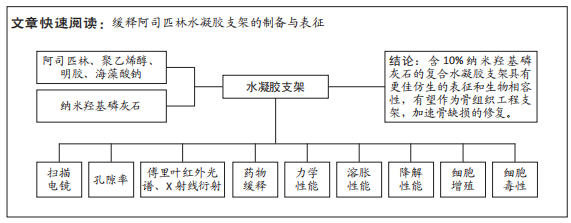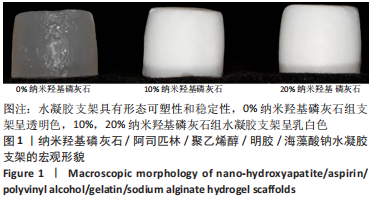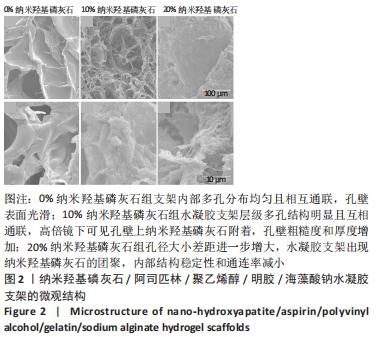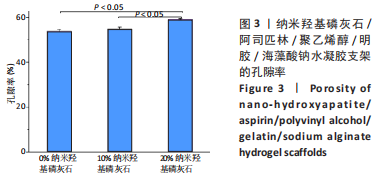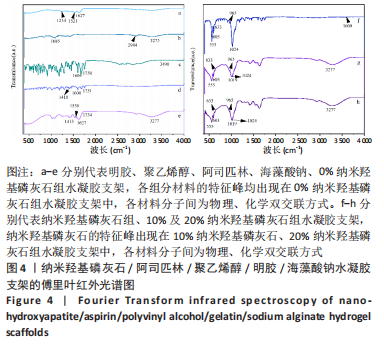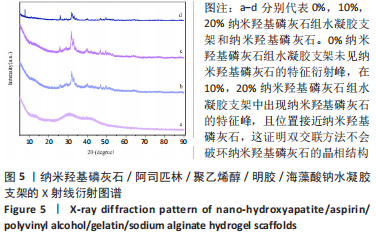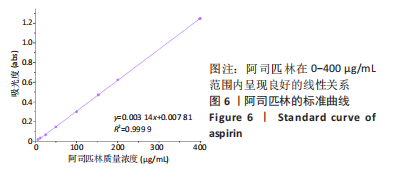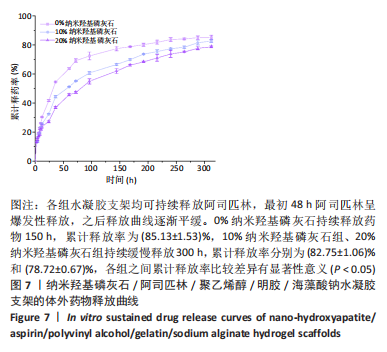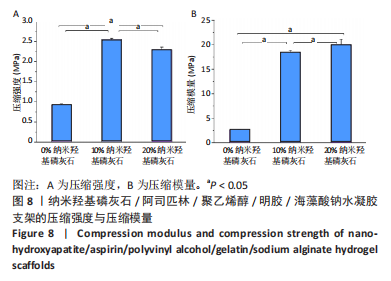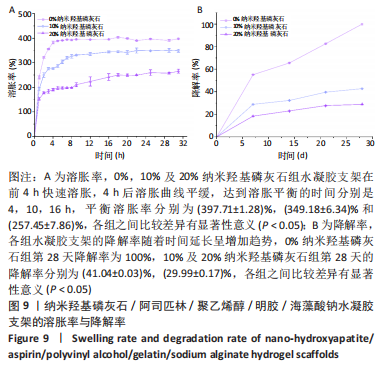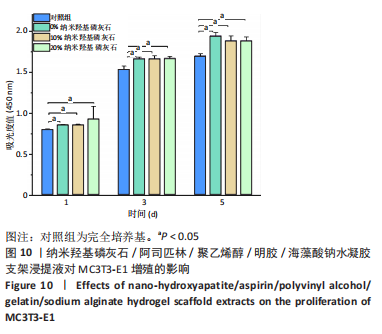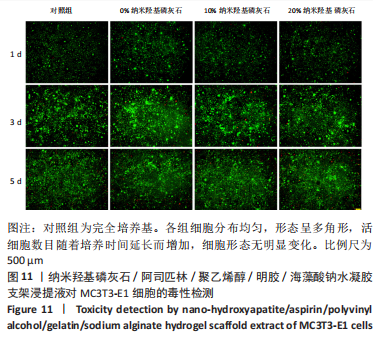[1] ESPOSITO M, GRUSOVIN MG, WORTHINGTON HV, et al. Interventions for replacing missing teeth: bone augmentation techniques for dental implant treatment. Cochrane Database Syst Rev. 2006;25(1):CD003607.
[2] SCHMITZ JP, HOLLINGER JO. The critical size defect as an experimental model for craniomandibulofacial nonunions. Clin Orthop Relat Res. 1986;(205):299-308.
[3] HEGDE R, PRASAD K, SHROFF K. Maxillary sinus augmentation using sinus membrane elevation without grafts - A Systematic Review. J Indian Prosthodont Soc. 2016;16(4):317-322.
[4] OGUNDIPE OK, GBOLAHAN OO. Immediate iliac bone graft reconstruction of post ablative defect of benign mandibular pathology - a systematic review. Plast Aesthet Res. 2017;4(8):137-143.
[5] ELAKKIYA S, RAMESH AS, PRABHU K. Systematic analysis on the efficacy of bone enhancement methods used for success in dental implants. J Indian Prosthodont Soc. 2017;17(3):219-225.
[6] MOUNIR M, MOUNIR S, ABOU-ELFETOUH A, et al. Assessment of vertical ridge augmentation in anterior aesthetic zone using onlay xenografts with titanium mesh versus the inlay bone grafting technique: A randomized clinical trial. Int J Oral Maxillofac Surg. 2017;46(11): 1458-1465.
[7] ELNAYEF B, MONJE A, GARGALLO-ALBIOL J, et al. Vertical Ridge Augmentation in the Atrophic Mandible: A Systematic Review and Meta-Analysis. Int J Oral Maxillofac Implants. 2017;32(2):291-312.
[8] 邢飞,吴岐佑,者漫,等.无机生物材料在骨修复中的骨免疫调节作用[J].中国修复重建外科杂志,2022,36(4):517-522.
[9] 娄静扬,耿欣荣,高慧萌,等.含铜钛合金调控巨噬细胞极化的研究进展[J].口腔疾病防治,2022,30(5):377-380.
[10] MA A, YOU Y, CHEN B, et al. Icariin/Aspirin Composite Coating on TiO2 Nanotubes Surface Induce Immunomodulatory Effect of Macrophage and Improve Osteoblast Activity. Coatings. 2020;10(4):427.
[11] FANG X, LEI L, JIANG T, et al. Injectable thermosensitive alginate/β-tricalcium phosphate/aspirin hydrogels for bone augmentation. J Biomed Mater Res Part B Appl Biomater. 2018;106(5):1739-1751.
[12] ZHANG Y, DING N, ZHANG T, et al. A Tetra-PEG Hydrogel Based Aspirin Sustained Release System Exerts Beneficial Effects on Periodontal Ligament Stem Cells Mediated Bone Regeneration. Front Chem. 2019; 7:682.
[13] ZHANG X, MIAO F, NIU L, et al. Berberine carried gelatin/sodium alginate hydrogels with antibacterial and EDTA-induced detachment performances. Int J Biol Macromol. 2021;181:1039-1046.
[14] KIM B, BAN E, KIM A. Gelatin-Alginate Coacervates Optimized by DOE to Improve Delivery of bFGF for Wound Healing. Pharmaceutics. 2021;13(12):2112.
[15] WANG X, LI S, YU H, et al. The Biocompatibility of Multi-Source Stem Cells and Gelatin-Carboxymethyl Chitosan-Sodium Alginate Hybrid Biomaterials. Tissue Eng Regen Med. 2022;19(3):491-503.
[16] AMR M, DYKES I, COUNTS M, et al. 3D printed, mechanically tunable, composite sodium alginate, gelatin and Gum Arabic (SA-GEL-GA) scaffolds. Bioprinting. 2021;22:e00133.
[17] CHARRON PN, JACOBS JI, YAO SX, et al. Effects of cryo-processing on the mechanical and biological properties of poly(vinyl alcohol)-gelatin theta-gels. Biointerphases. 2020;15(5): 051004.
[18] 徐冉,陈星羽,李志强.羟基磷灰石复合支架负载抗菌性药物:药物与支架的相互作用机制[J].中国组织工程研究,2022,26(27): 4411-4416.
[19] CHOCHOLATA P, KULDA V, DVORAKOVA J, et al. Biological Evaluation of Polyvinyl Alcohol Hydrogels Enriched by Hyaluronic Acid and Hydroxyapatite. Int J Mol Sci. 2020;21(16):5719.
[20] YANG L, YANG J, QIN X, et al. Ternary composite films with simultaneously enhanced strength and ductility: Effects of sodium alginate-gelatin weight ratio and graphene oxide content. Int J Biol Macromol. 2020;156:494-503.
[21] ANAMIZU M, TABATA Y. Design of injectable hydrogels of gelatin and alginate with ferric ions for cell transplantation. Acta Biomater. 2019; 100:184-190.
[22] 闫慧敏,杨光,杨波,等.明胶/海藻酸钠/沙蒿胶复合水凝胶的制备及表征[J].工业微生物,2022,52(1):24-33.
[23] YUAN L, WU Y, GU QS, et al. Injectable photo crosslinked enhanced double-network hydrogels from modified sodium alginate and gelatin. Int J Biol Macromol. 2017;96:569-577.
[24] GONZALEZ JS, ALVAREZ VA. Mechanical properties of polyvinylalcohol/hydroxyapatite cryogel as potential artificial cartilage. J Mech Behav Biomed Mater. 2014;34:47-56.
[25] XU M, QIN M, ZHANG X, et al. Porous PVA/SA/HA hydrogels fabricated by dual-crosslinking method for bone tissue engineering. J Biomater Sci Polym Ed. 2020;31(6):816-831.
[26] KOUSER R, VASHIST A, ZAFARYAB M, et al. Biocompatible and mechanically robust nanocomposite hydrogels for potential applications in tissue engineering. Mater Sci Eng C. 2018;84:168-179.
[27] GARNICA-PALAFOX IM, SANCHEZ-AREVALO FM, VELASQUILLO C,
et al. Mechanical and structural response of a hybrid hydrogel based on chitosan and poly(vinyl alcohol) cross-linked with epichlorohydrin for potential use in tissue engineering. J Biomater Sci Polym Ed. 2014; 25(1):32-50.
[28] 张杰,张元晶,丁玉琴,等.生物医用高分子材料研究热点[J].高分子材料科学与工程,2021,37(9):182-190.
[29] YOSHIKAWA T, NAKAJIMA H, UEMURA T, et al. In vitro bone formation induced by immunosuppressive agent tacrolimus hydrate (FK506). TISSUE Eng. 2005;11(3-4):609-617.
[30] PEREZ RA, MESTRES G. Role of pore size and morphology in musculo-skeletal tissue regeneration. Mater Sci Eng C. 2016;61:922-939.
[31] Vo TTN, Morgan S, McCormick C, et al. Modelling drug release from polymer-free coronary stents with microporous surfaces. Int J Pharm. 2018;544(2):392-401.
[32] MAGNUSSEN RA, GUILAK F, VAIL TP. Cartilage degeneration in post-collapse cases of osteonecrosis of the human femoral head: Altered mechanical properties in tension, compression, and shear. J Orthop Res. 2005;23(3):576-583.
[33] BOBBERT F, LIETAERT K, EFTEKHARI AA, et al. Additively manufactured metallic porous biomaterials based on minimal surfaces: A unique combination of topological, mechanical, and mass transport properties. Acta Biomater. 2017;53:572-584.
[34] 高泽,石志良,李锋,等.材料和孔隙率对可降解支架内骨形成的影响[J].医用生物力学,2021,36(4):582-588.
[35] MA P, WU W, WEI Y, et al. Biomimetic gelatin/chitosan/polyvinyl alcohol/nano-hydroxyapatite scaffolds for bone tissue engineering. Mater Des. 2021;207:109865.
[36] 任泽宇,姜宏,石永芳.3D打印PLLA/HA复合组织工程骨支架及性能表征[J].燕山大学学报,2022,46(2):116-122.
[37] 杨怡天,王璐,姚蔚,等.生物支架与巨噬细胞在骨再生中的相互影响及应用[J].中国组织工程研究,2023,27(7):1071-1079.
[38] REEVES AR, SPILLER KL, FREYTES DO, et al. Controlled release of cytokines using silk-biomaterials for macrophage polarization. Biomaterials. 2015;73:272-283.
[39] LECH M, ANDERS H. Macrophages and fibrosis: How resident and infiltrating mononuclear phagocytes orchestrate all phases of tissue injury and repair. Biochim Biophys Acta Mol Basis Dis. 2013;1832(7): 989-997.
[40] LIU Y, FANG S, LI X, et al. Aspirin inhibits LPS-induced macrophage activation via the NF-κB pathway. Sci Rep. 2017;7(1):11549.
[41] ZHANG Y, DOU X, ZHANG L, et al. Facile fabrication of a biocompatible composite gel with sustained release of aspirin for bone regeneration. Bioact Mater. 2022;11:130-139.
[42] LI Y, LI Q, LI H, et al. An effective dual‐factor modified 3D‐printed PCL scaffold for bone defect repair. J Biomed Mater Res B Appl Biomater. 2020;108(5):2167-2179.
[43] 陈甜甜,王聪,刘婉嫕,等.pH响应性纤维素纳米纤丝/海藻酸钠基水凝胶的制备及其释药性研究[J]. 中国造纸学报,2022,37(1): 16-21.
[44] ZHANG J, WANG Q, WANG A. In situ generation of sodium alginate/hydroxyapatite nanocomposite beads as drug-controlled release matrices. Acta Biomater. 2010;6(2):445-454.
[45] BAJPAI AK, SAINI R. Preparation and characterization of biocompatible spongy cryogels of poly(vinyl alcohol)-gelatin and study of water sorption behaviour. Polym Int. 2005;54(9):1233-1242.
[46] BÖLGEN N, PLIEVA F, GALAEV IY, et al. Cryogelation for preparation of novel biodegradable tissue-engineering scaffolds. J Biomater Sci Polym Ed. 2007;18(9):1165-1179.
[47] ZOU Z, WANG L, ZHOU Z, et al. Simultaneous incorporation of PTH(1–34) and nano-hydroxyapatite into Chitosan/Alginate Hydrogels for efficient bone regeneration. Bioact Mater. 2021;6(6):1839-1851.
|
